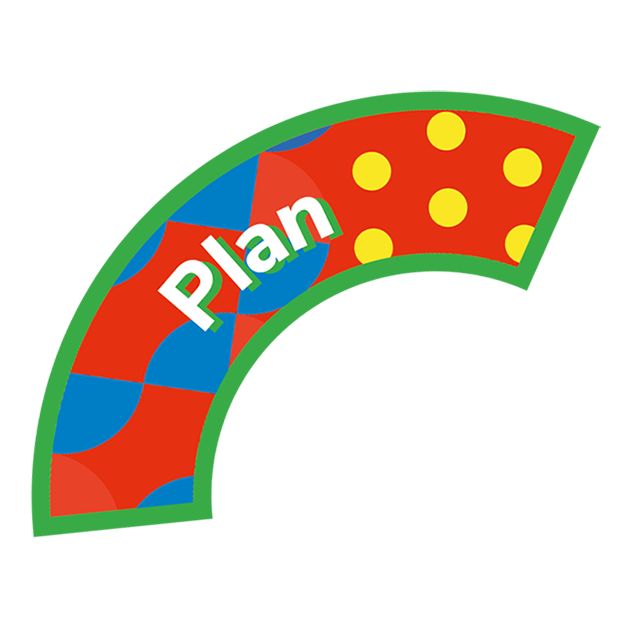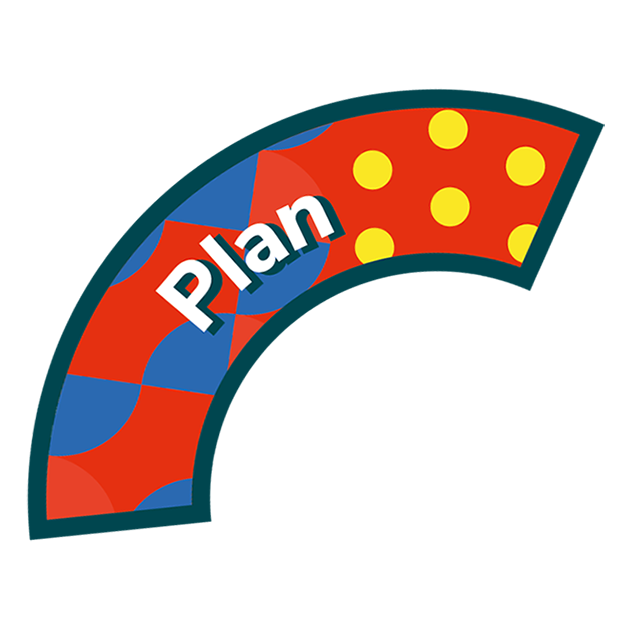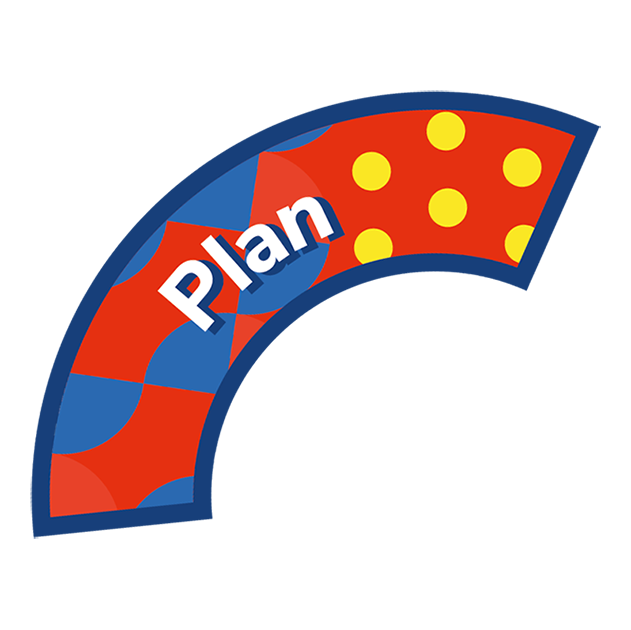
YouShape paper snowball fight
You’ll need
- Scrap paper
- Coloured pens or pencils
- Masking tape
- Rope
- Cones
Before you begin
- Use the safety checklist to help you plan and risk assess your activity. There's also more guidance to help you carry out your risk assessment, including examples.
- Make sure all young people and adults involved in the activity know how to take part safely.
- Make sure you’ll have enough adult helpers. You may need some parents and carers to help.
Make your snowballs
- Give everyone a few pieces of scrap paper. Everyone needs to have the same number of pieces.
- Everyone should write down some activities, games, badges or adventures they’d like to try. They should write one idea on each piece of paper.
- Everyone should scrunch each piece of paper up to make a snowball.
Have a snowball fight
- Ask everyone to get into four teams. One team should stand in each corner of the room.
- Use masking tape, cones or chalk to divide the room into four sections.
- The players should put all of their snowballs on the floor in their section.
- Start a countdown. When they get to zero, the snowball fight can begin.
- Each team should throw the paper snowballs in their area into other teams’ areas. They should aim to have no snowballs in their area.
- After a few minutes, tell everyone to stop.
- Each team should take it in turns to read out all of the snowballs in their area. An adult volunteer should write the ideas down, or collect all of the paper, so they can remember the ideas later.
- As each team reads out the snowballs that have ended up in their area, they should count how many snowballs were in their area. The team with the fewest snowballs in their area is the winner.
- Everyone should gather back together in one group to talk about all of the ideas they’ve heard. Did anyone especially like an idea someone else came up with?
Reflection
This activity was an opportunity to think about trying new things. How many of your ideas were new things, that you hadn’t tried before? Did any of the ideas involve meeting new people? How about going to new places? How does it feel to think about trying new things? Why is it good to try new things – even if it may feel a bit scary at first?
This activity also gave you an opportunity to think about your strengths and build confidence. What sort of activities and adventures are you best at? Do you like doing things which play to your strengths? How do you feel when you try new things that are trickier? Do you try to be kind to yourself, for example not getting cross at yourself if you can’t do it right away? Are there any activities you’re not confident about giving a go? What would make you feel more confident about trying them – could other people help you, or could you break them down into smaller steps?
Safety
All activities must be safely managed. You must complete a thorough risk assessment and take appropriate steps to reduce risk. Use the safety checklist to help you plan and risk assess your activity. Always get approval for the activity, and have suitable supervision and an InTouch process.
Be careful when throwing snowballs.
Build launchers or catapults to shoot the ideas.
You could all throw towards the same target, for example in the middle of a circle, if this works better for anyone.
People can draw their ideas, or work in pairs to write them down, if they struggle with writing.
All Scout activities should be inclusive and accessible.
This activity could contribute towards Scouts Scotland’s Youth Approved Award.






